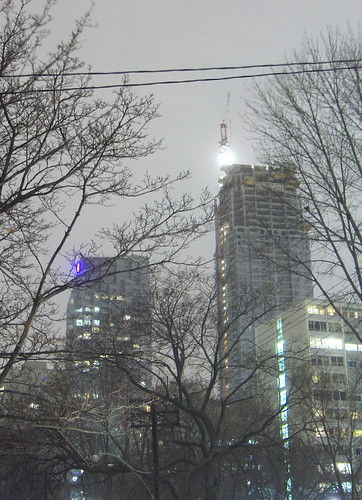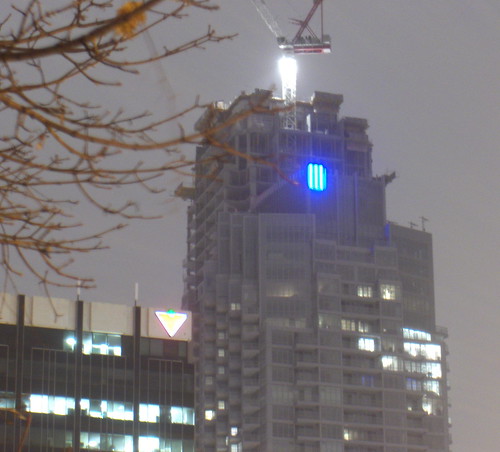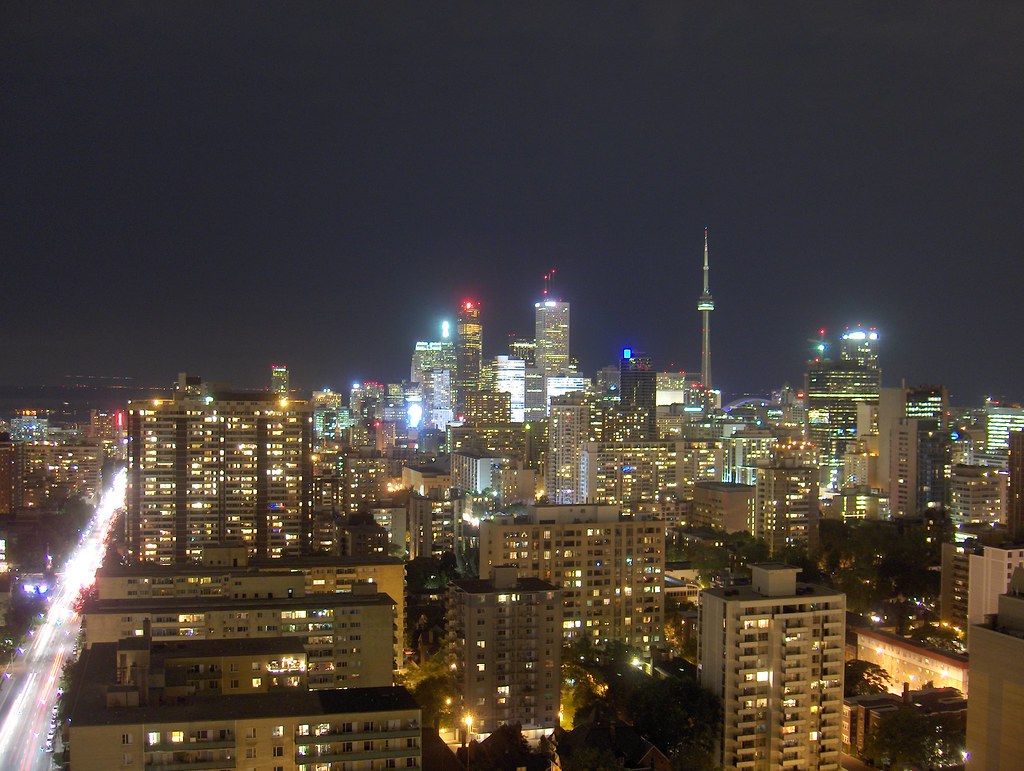Spoonman
Active Member
2002... I'm still a young'n
crazy - I hail from that same year. Wedd's (or should I say Weedd's, after that small bust in my last year).
2002... I'm still a young'n



/\ The MET's lighting 'brightens' my day (or night) every time I see it? How will this be 'more successful?'

So you don't like the lighting thing on the old Canada Life building either?
I always loved how it looked (Canada Life) - without knowing its purpose, although I did find that out later. I think the MET lighting is interesting, functional and sort of unique. Even if the developer [I]was[/I] testing the piece, seemingly random, flickering lights are I ever really expect out of these 'art components,' so maybe our conflict stems from the fact that my sights were set lower than yours.
So what [I]do[/I] you expect from an LED component DT Geek?[/QUOTE]
Well first, somehow I've known since a kid what most of the lighting on the weather beacon at Canada Life stood for. For those unaware, I think the lighting illuminates most of the top half of the building gracefully and fairly successfully.
I don't know what I expected from an LED art component on the side of a building, more than random flickering, coloured panels I suppose. I don't find the LED component on The Met pleasing, stimulating or informative. I like when lighting enhances a building or it's parts in some fashion or captures a structure's highlights by night. That lead to my comment about the LED's on the roof of Quantum, it would be great in my mind to see the roof elements illuminated successfully by night. It could be very striking and dramatic.
Just my 2 ¢


So you don't like the lighting thing on the old Canada Life building either?